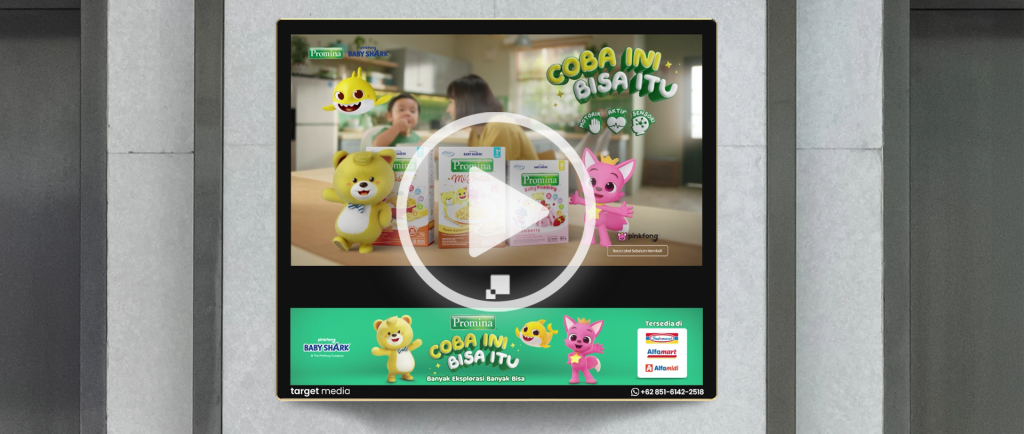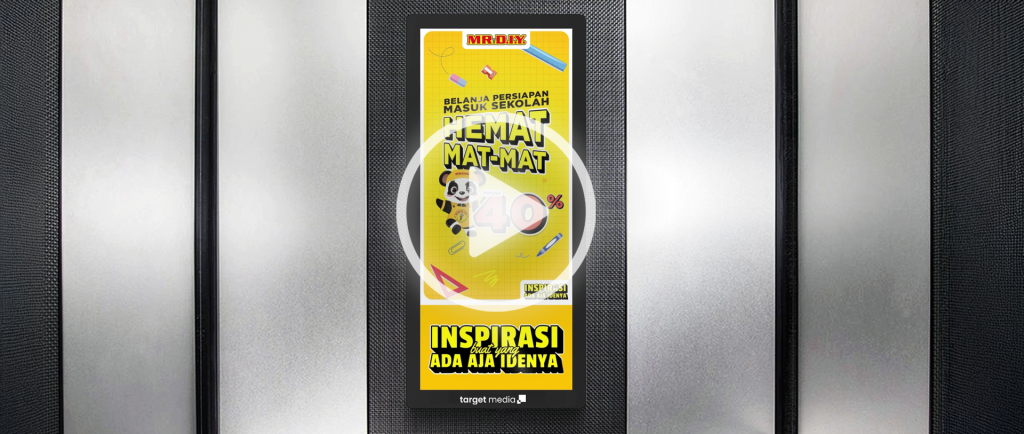How Jingles in Advertisement Influence Buying Choices
Written by Joseph Adi
Even if we have not listened to a song in years, familiar tunes often stay with us for a lifetime. We can easily recall the lyrics of childhood songs or the melodies of albums we loved as teenagers. But beyond the music we intentionally consume, there is one type of tune that embeds itself into our memories almost effortlessly: the advertising jingle.
Jingles have a long history in advertising, especially in Indonesia. For many people growing up in the 2000s, jingles like “Indomie Seleraku,” “RCTI Oke,” or “Sari Roti, Roti Sari Roti” became an inseparable part of daily life. Without conscious effort, they etched themselves into our cultural memory.
Research supports this phenomenon as Allan (2008) notes, “Music has been shown to enhance the memorability of advertising messages, with jingles being particularly effective due to their repetitive and catchy nature” (p. 9). This ability to remain in our heads makes jingles one of the most powerful tools in marketing communication.
How to Make Your Jingle Stick
- Use Familiar Melodies
There are multiple reasons jingles remain so memorable. One common strategy is using familiar songs in new contexts. For example, in 2024, Promina adapted the globally popular children’s song “Baby Shark” to connect directly with young parents and children, perfectly aligning the product with the audience.

The Result? Promina achieved a 95% ad recall rate during its campaign on TMN, with 69% of the audience identifying the jingle as the most impactful element. As a result, 66% of the viewers recalling the ad sought additional information about Promina online or through social media. This combination of recognition and relevance strengthens both brand recall and emotional connection.
- Repetition
Repetition is the secret weapon behind every memorable jingle. A simple line like “Mr. DIY, Ada Aja Idenya,” when played consistently, becomes more than just a tagline, it becomes an instant trigger for brand recall. You don’t need a massive campaign; you need smart, high-frequency exposure that makes your tune impossible to forget.

At TMN, almost 60% of the audience listens to or watches the screen, while 37% aren’t looking at the screen but still hear the audio. This indicates that your jingle can reach them even when they’re not watching or actively paying attention. It slips in through the background, uninvited yet unforgettable, embedding itself in their subconscious. Repeated just enough, it works like magic: suddenly they’re humming it, repeating it, and most importantly, remembering your brand without even realizing it.
Do Jingles Actually Drive Sales?
The short answer: yes, but with notes. A study in the International Journal of Advertising by Manuel et al. (2007) found that pairing brands with music familiar to target consumers increased brand choice by 6%. Moreover, consumer preferences for the music itself played a key role. When participants liked the music, brand choice increased significantly.
However, when the music was strongly disliked, it could suppress preference, even if the tune was familiar. This highlights the importance of aligning jingles with the target audience’s tastes, not merely relying on catchiness.
For advertisers, the challenge goes beyond creating catchy, repetitive tunes, it’s about aligning the music with the audience’s cultural context, preferences, and emotional triggers, while also taking a strategic approach to jingle-driven campaigns.
With TMN, your jingle gets the consistent exposure it needs, whether it’s a fresh tune or a nostalgic melody. Played frequently and heard across multiple touchpoints, it naturally embeds itself in the audience’s mind, prompting them to hum the tune, recall the lyrics, and, most importantly, remember your brand.
Just as music helps us learn the alphabet or brings back memories of our first concert, jingles effortlessly remind us of which coffee is “Jelas Lebih Enak.”
Source:
Allan, D. (2008). Sound advertising: A review of the experimental evidence on the effects of music in commercials on attention, memory, attitudes, and purchase intention. Journal of Media Psychology, 20(4), 1–12. https://doi.org/10.1027/1864-1105.20.4.1
Manuel, P., et al. (2007). The influence of music on brand choice in advertising. International Journal of Advertising, 26(1), 13–36. https://doi.org/10.1080/02650487.2007.11072997
Kadence. (2025, August). Ads Evaluation Study: Promina [Unpublished internal report]. Commissioned by Target Media Nusantara.
Search Keywords
Latest Posts

The SUCCESS Campaign in TMN: Creating Impact Beyond Visibility
December 11, 2025

Brand Campaigns That Stood Out in 2025
December 11, 2025

